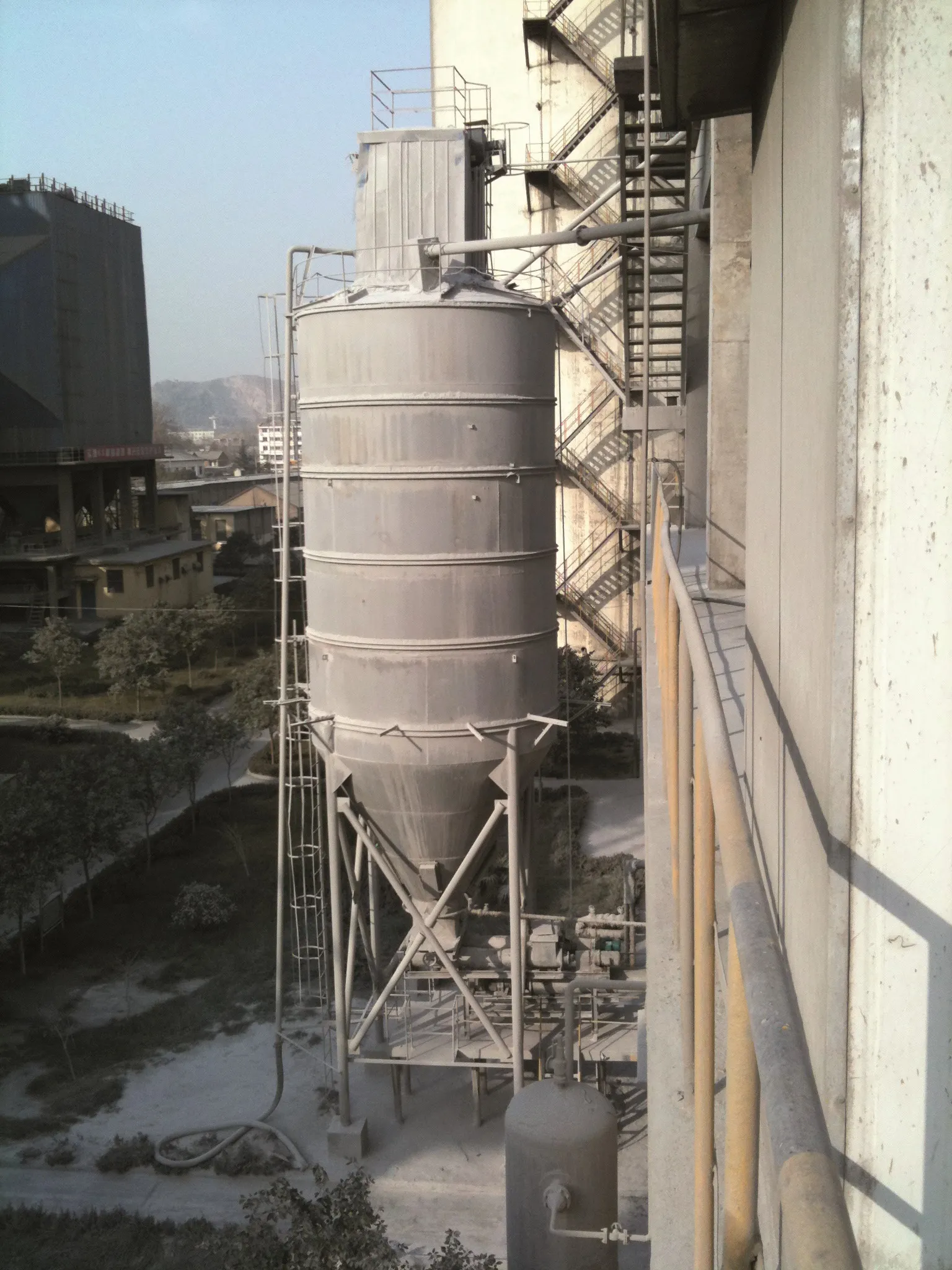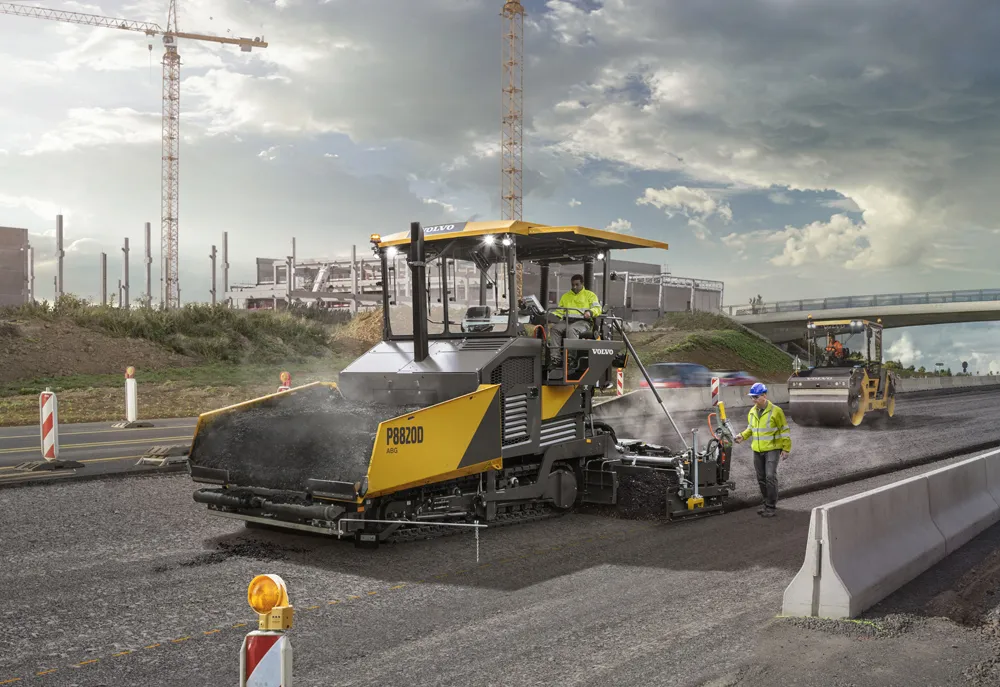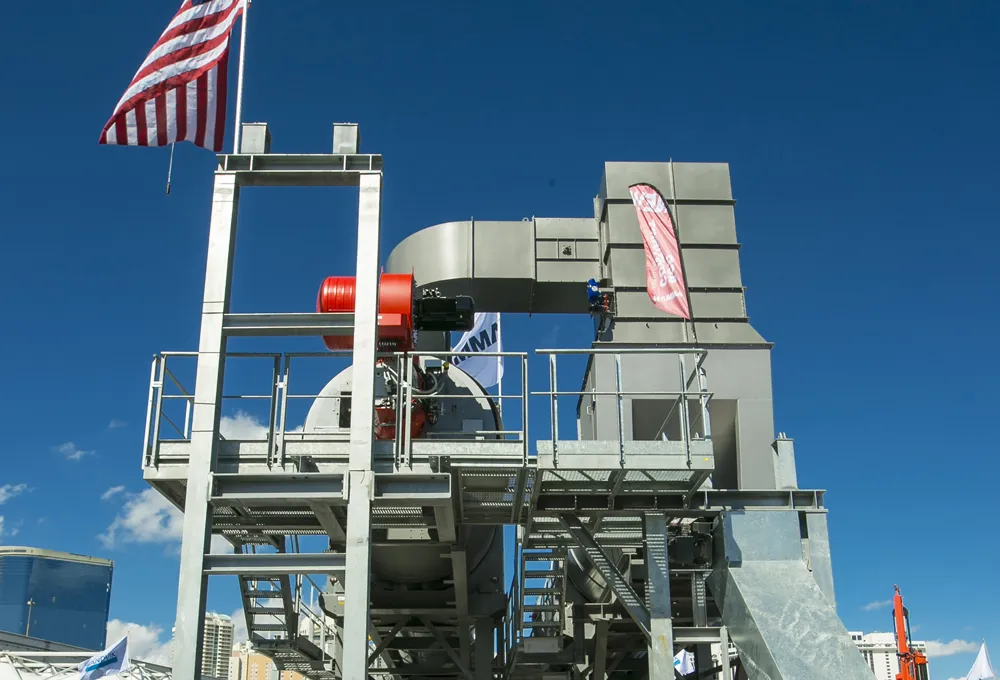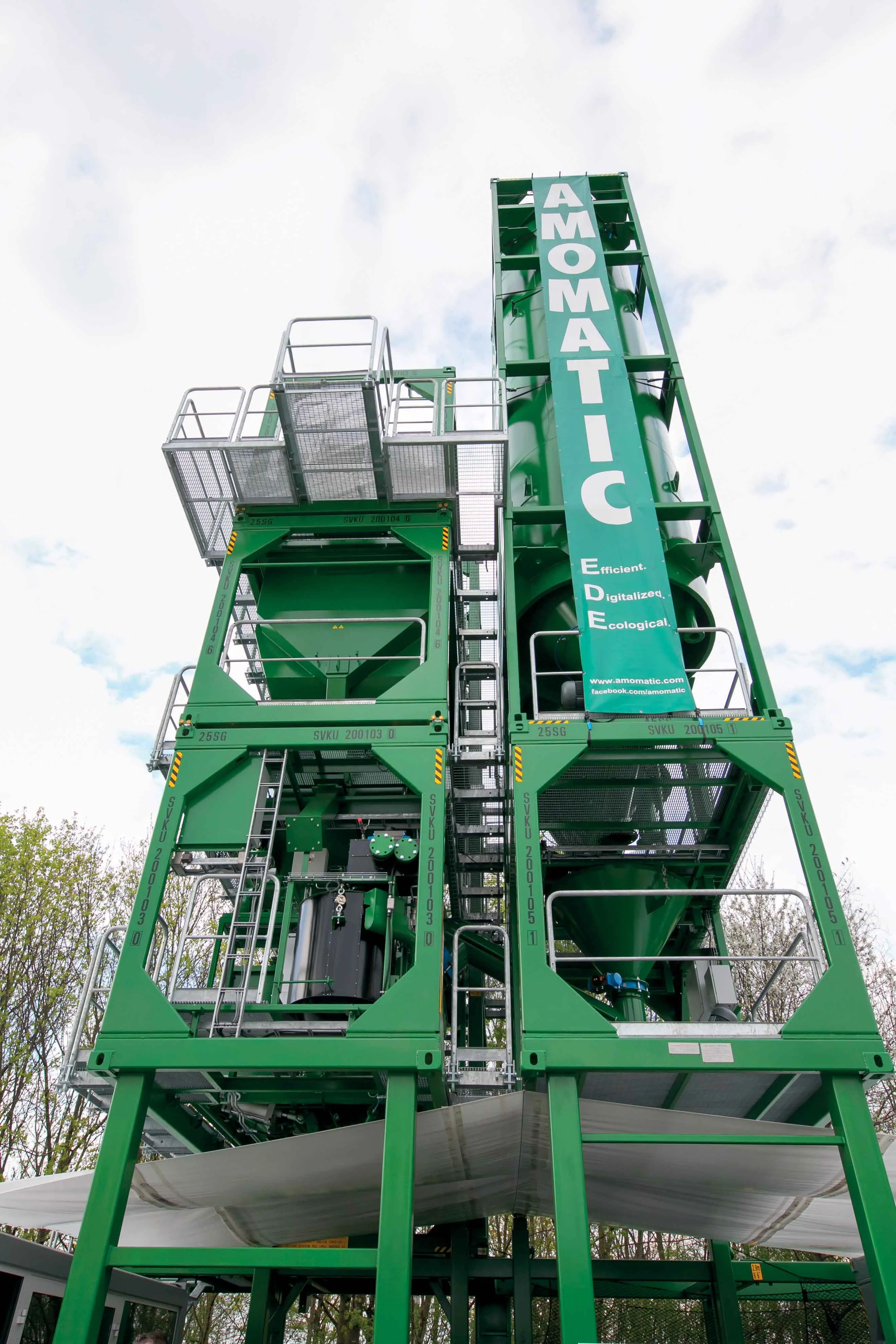Sandvik says that its novel WE6000i telescopic chute can help cut dust emissions and improve working efficiency on quarry sites. The unit can be used with a wide variety of equipment and has been developed from the proven WE series. The new units can be fed by conveyors with a belt width of less than 800mm and helps minimise dust emissions, as well as benefiting the working environment and surrounding areas.
March 14, 2017
Read time: 2 mins

RSS325 Sandvik says that its novel WE6000i telescopic chute can help cut dust emissions and improve working efficiency on quarry sites. The unit can be used with a wide variety of equipment and has been developed from the proven WE series. The new units can be fed by conveyors with a belt width of less than 800mm and helps minimise dust emissions, as well as benefiting the working environment and surrounding areas.
Fewer dust emissions means lower clean-up costs, and reduced need for maintenance, service and repair work all over the plant. A telescopic chute can also reduce stockpile segregation and improve product quality. A key feature is that a vacuum is generated inside by the material flow, reducing the requirement for expensive, service-demanding filtration systems. The chute is simple and rugged in design and is said to offer a good ratio between minimum and maximum length. The number of conical chute segments varies depending on the height of the stockpile and the feed conveyor. The unit can be operated from a control panel or manually via remote control and can be used with a wide variety of materials. The chute also senses its height above the material stockpile and automatically adjusts.
Fewer dust emissions means lower clean-up costs, and reduced need for maintenance, service and repair work all over the plant. A telescopic chute can also reduce stockpile segregation and improve product quality. A key feature is that a vacuum is generated inside by the material flow, reducing the requirement for expensive, service-demanding filtration systems. The chute is simple and rugged in design and is said to offer a good ratio between minimum and maximum length. The number of conical chute segments varies depending on the height of the stockpile and the feed conveyor. The unit can be operated from a control panel or manually via remote control and can be used with a wide variety of materials. The chute also senses its height above the material stockpile and automatically adjusts.









